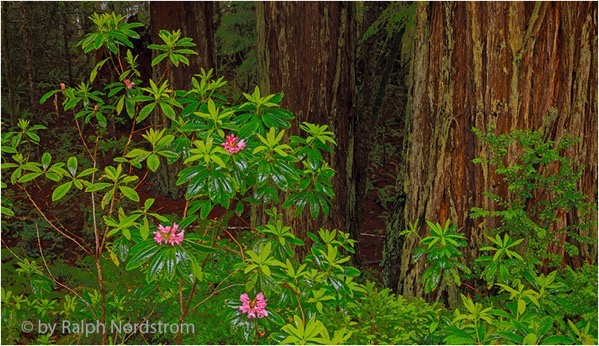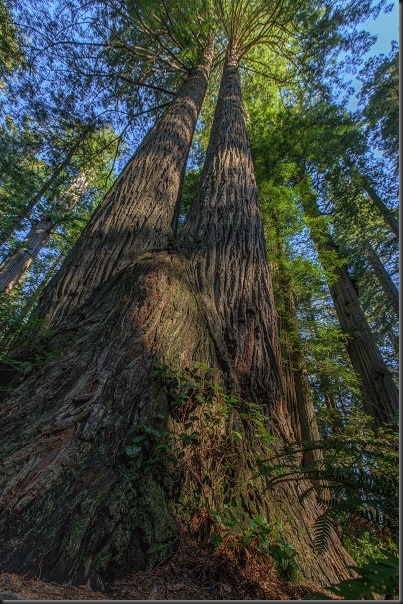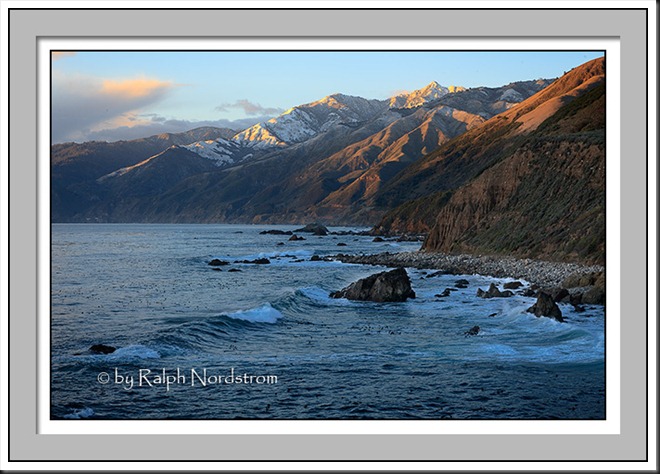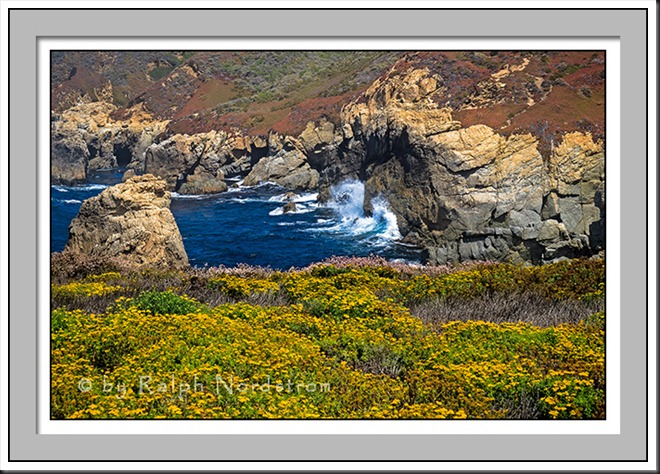Walking among the redwoods is an inspirational experience. But wait, if we’re talking about the redwoods in California, the trees I am thinking about could be 600 miles from the trees that are conjured up in your mind’s eye. That’s because there are two species of redwoods in California – the massive giants found in Sequoia and Kings Canyon National Parks on the western slope of the Sierra Nevada Mountains and the tall ones that hug 450 miles of the fog-shrouded California coast, culminating in the Redwoods National and State Parks of Northern California. While both species are spectacular, each is unique in its own way and photographing them presents dramatically different challenges and opportunities. In this post, I will be taking you through the Coastal Redwoods of Northern California.
The Redwoods National Park was established in 1968. California had already created three state parks, beginning in the 1920s, that encompassed some of the remaining redwood old growth groves – Jedediah Smith, Del Norte Coast and Prairie Creek. The two park systems were joined in 1994 to create the Redwoods National and State Parks. Now 139,000 acres of the Northern California coast are under the joint management and protection of the National Park Service and the California Department of Parks and Recreation.
Being along the Northern California coast, temperatures are moderate throughout the year and moisture is plentiful, not only from winter storms but also from life-giving fogs that roll in year-round from the Pacific Ocean.
Fog is an ever-present possibility in the groves and presents unique challenges and opportunities. The light in the groves is soft and delicate and contrasts and, tp some extent, masks the strength and power of the trees. This light is perfect for capturing this more delicate mood of the redwoods. Slightly overexposed images best capture the lite airiness of the fog. Compositions with strong foregrounds enhance the feeling of depth created by the fog.

Continue reading “Photographing the Redwoods”
(439)





